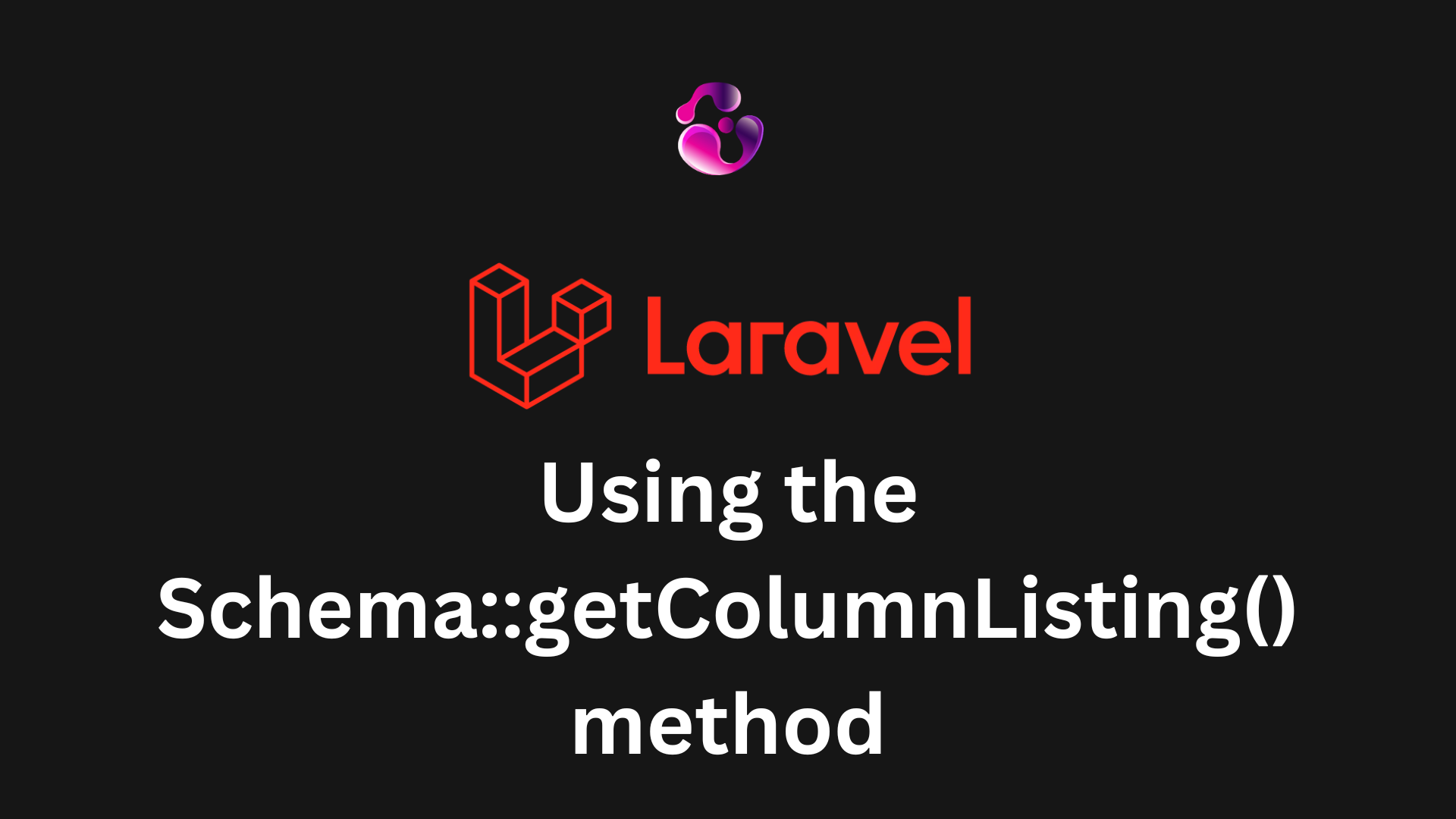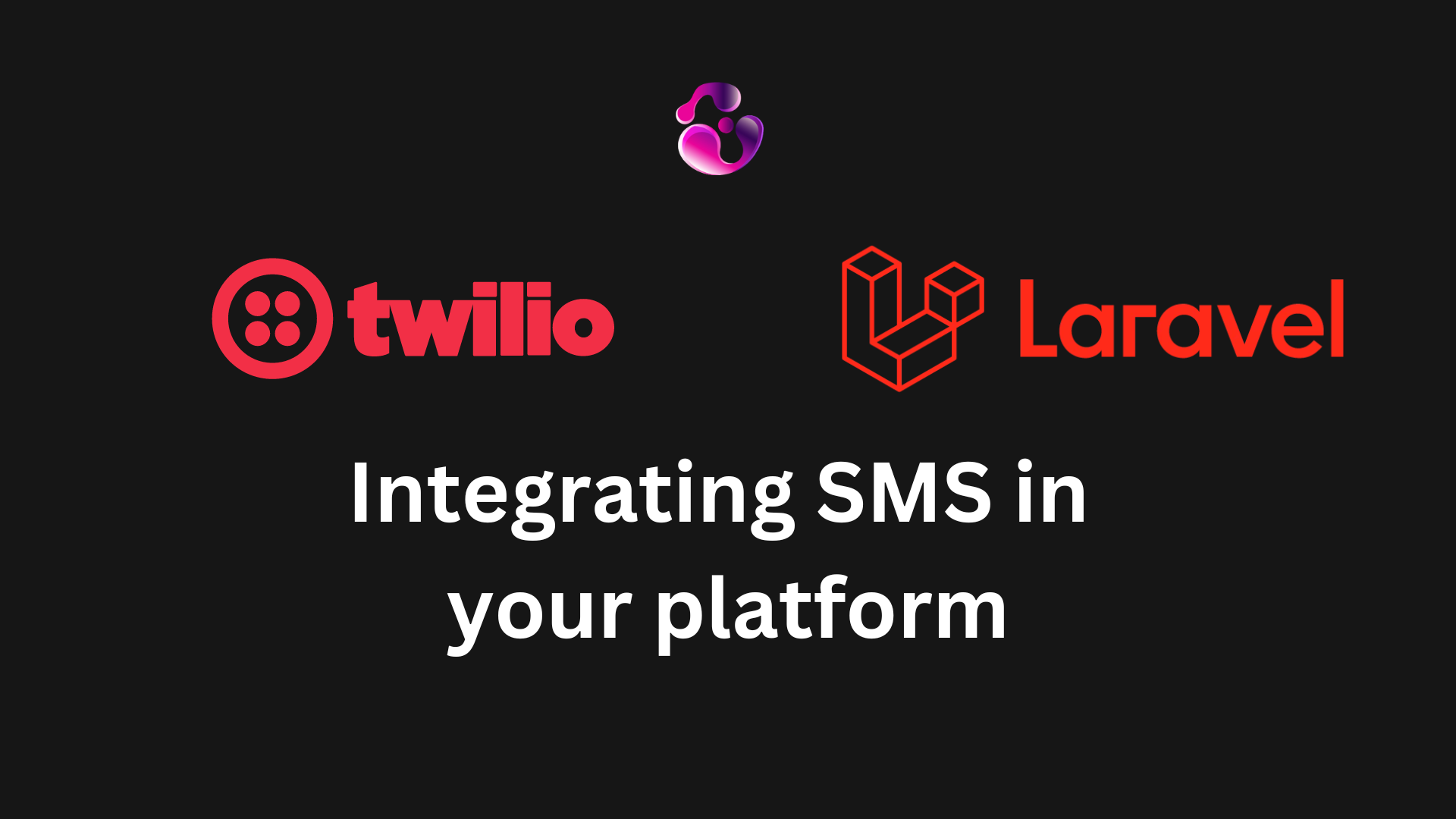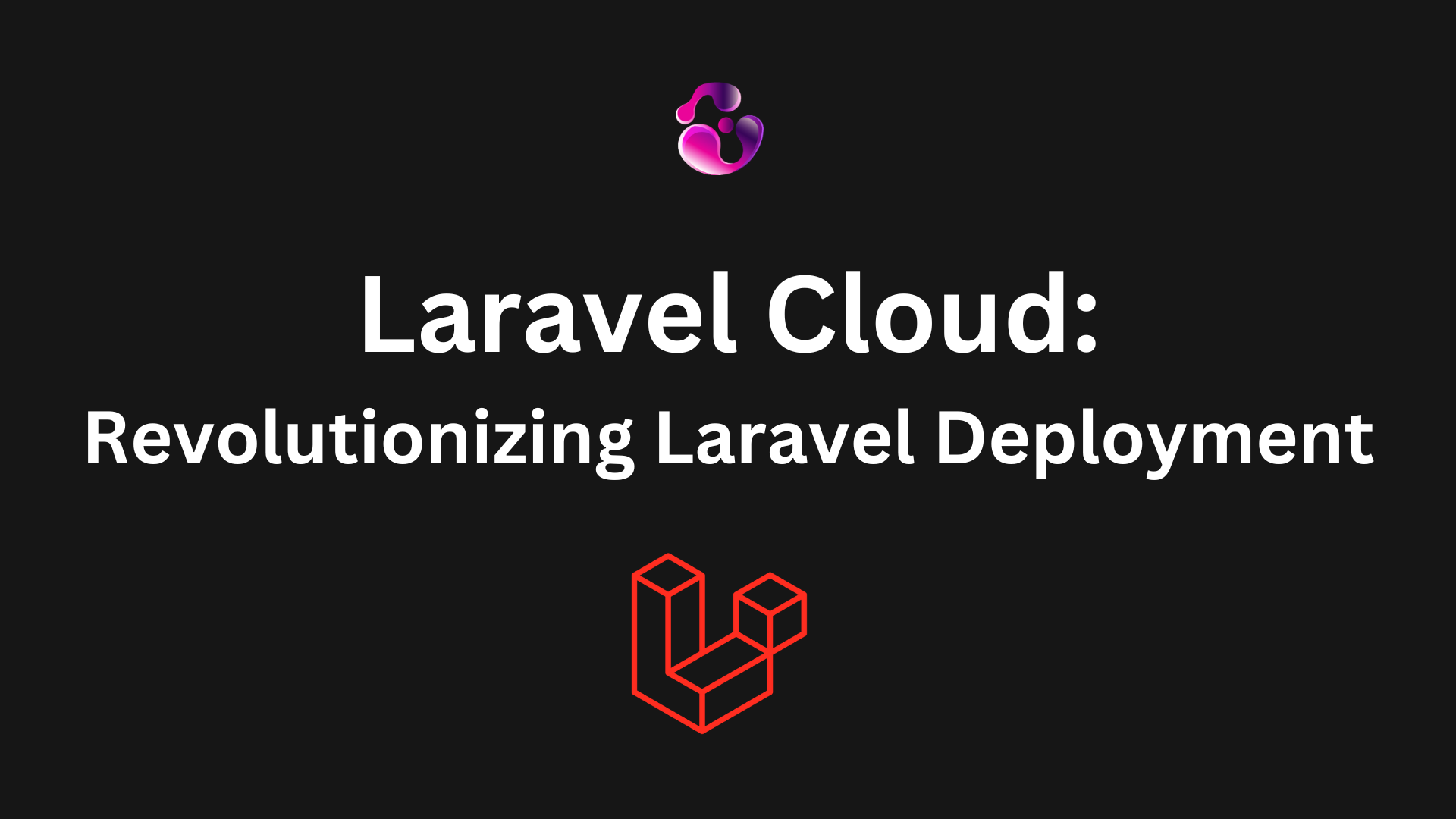
Introduction
There are different approaches when it comes to showing data to the end user. Today, I'd like to talk about the 2 alternatives that I typically use in my Laravel projects. Web development today demands high performance and efficient rendering of content. Laravel offers Blade as its templating engine, providing a simple yet powerful way to render views on the server side. On the other hand, modern JavaScript frameworks like Vue and React offer dynamic client-side rendering capabilities, making them popular choices for creating interactive and/or reactive user interfaces.
In this blog post, I will explore the performance implications of using Blade to render content compared to dynamically generating it with Vue or React. We’ll dive into the strengths and weaknesses of each approach, and help you understand when and why you might choose one over the other.
What is Blade?
Blade is the simple, yet powerful templating engine provided with Laravel. It allows developers to use plain PHP code in their templates, which are compiled into efficient PHP code and cached until they are modified, enhancing performance.
Key Features of Blade
- Template Inheritance: Allows you to define a base layout and extend it in your child views.
- Control Structures: Includes directives for loops, conditionals, and more.
- Data Binding: Easy to pass data from your controllers to your views.
- Component and Slot System: Reusable components with flexible slots for dynamic content.
How Blade Handles Rendering
Blade templates are compiled into PHP code, which is then cached for optimal performance. When a request is made, Laravel retrieves the compiled PHP from the cache and renders the HTML to send back to the client. This server-side rendering (SSR) approach ensures that the content is fully rendered before it reaches the client, providing a fast initial load time
Dynamic Rendering: introduction to Vue and React
Vue.js and React are two of the most popular JavaScript frameworks used for building modern web applications. Both frameworks allow developers to create highly interactive user interfaces with dynamic content rendering on the client side. (sidenote: there's also Angular but I personally never worked with it)
Vue.js
- Reactive Data Binding: Automatically updates the DOM when the data changes.
- Component-Based Architecture: Encapsulates functionality into reusable components.
- Single-File Components: Allows you to define HTML, CSS, and JavaScript in a single file.
React
- Virtual DOM: Efficiently updates and renders only the components that have changed.
- Component-Based Architecture: Similar to Vue, promotes reusability and modularity.
- JSX Syntax: Combines HTML and JavaScript into a single syntax for easier component creation.
Key Differences Between Client-Side and Server-Side Rendering
- Server-Side Rendering (SSR): Content is rendered on the server and sent as fully-formed HTML to the client. This approach, used by Blade, ensures fast initial load times and is beneficial for SEO.
- Client-Side Rendering (CSR): Content is rendered on the client’s browser using JavaScript. This approach, used by Vue and React, allows for highly interactive applications but can result in slower initial load times due to the need to download and execute JavaScript.
Pros and Cons of Using Vue/React for Dynamic Rendering
Pros:
- Interactivity: Both frameworks excel at creating dynamic, interactive user interfaces.
- Component Reusability: Encourages modularity and code reuse.
- State Management: Tools like Vuex and Redux help manage complex application state.
Cons:
- Initial Load Time: CSR can result in slower initial page load times as the JavaScript needs to be downloaded and executed.
- SEO Challenges: Without SSR, search engines might struggle to index content rendered on the client side.
- Complexity: Adding a JavaScript framework to your project increases complexity and maintenance.
Performance Comparison
To effectively compare performance, we’ll consider several key metrics:
- Initial Load Time: Time taken for the first meaningful paint.
- Time to Interactive (TTI): Time until the page is fully interactive.
- Server Load: Impact on server resources.
- Client Load: Impact on client resources, including memory and CPU usage.
Case Study: Comparing Blade with Vue/React
Imagine a simple blog application where we render a list of posts. We’ll compare how this application performs when rendered using Blade versus using Vue or React.
Blade Rendering:
- Initial Load Time: Fast, as the HTML is fully rendered on the server and sent to the client.
- Time to Interactive: Minimal, since the content is already rendered.
- Server Load: Moderate, as the server does all the rendering work.
- Client Load: Low, as the client only needs to render static HTML.
Vue/React Rendering:
- Initial Load Time: Slower, as the client must download and execute JavaScript before rendering content.
- Time to Interactive: Depends on the complexity of the JavaScript but generally slower than Blade.
- Server Load: Lower, as the server mainly serves static files.
- Client Load: Higher, as the client handles rendering and possibly state management.
Analysis of Results
From the case study, it’s evident that Blade offers faster initial load times and better SEO performance due to its server-side rendering nature. However, Vue and React provide more dynamic interactivity and flexibility, which can enhance the user experience in highly interactive applications. The choice between Blade and Vue/React often depends on the specific requirements of your project, such as the need for interactivity versus the need for fast initial load times and SEO.
Use Cases and Best Practices
When to Use Blade
- Content-Driven Sites: Ideal for blogs, news sites, and other content-heavy websites where fast initial load times and SEO are crucial.
- Simpler Applications: Suitable for applications where the interactivity is minimal and server-side rendering is sufficient.
When to Use Vue/React
- Highly Interactive Applications: Perfect for applications requiring rich interactivity, such as dashboards, single-page applications (SPAs), and complex forms.
- Real-Time Data: Best for applications that need to frequently update the user interface in response to real-time data changes.
Best Practices for Optimizing Performance
With Blade:
- Caching: Use Laravel’s built-in caching mechanisms to reduce server load.
- Minification: Minify HTML, CSS, and JavaScript to reduce payload size.
- Optimized Queries: Ensure database queries are optimized to avoid slow rendering times.
With Vue/React:
- Code Splitting: Use code splitting to load only the necessary JavaScript for the current page.
- Lazy Loading: Implement lazy loading for components and assets to improve initial load time.
- Server-Side Rendering: Consider using SSR with Vue (Nuxt.js) or React (Next.js) to combine the benefits of SSR with the interactivity of client-side frameworks.
Conclusion
Choosing between Blade and Vue/React for rendering content in your Laravel application depends on your specific needs. Blade excels in scenarios requiring fast initial load times and good SEO performance, while Vue and React shine in building highly interactive and dynamic user interfaces. By understanding the strengths and trade-offs of each approach, you can make an informed decision that best suits your project’s requirements.
Follow for more!
-Gonza
Ready to take your project to the next level?
Contact meAbout the author

Gonzalo Gomez
Sr. Software Engineer
Senior software engineer located in Buenos Aires, Argentina. I specialize in building highly scalable web applications and I've been delivering MVPs and helping companies with their digital transformation for the past 7 years. I am proficient in a variety of technologies, including Laravel, Vue.js, Twilio, AWS, React.js, Node.js and MySQL.
Subscribe to my newsletter
If you enjoy the content that I make, you can subscribe and receive insightful information through email. No spam is going to be sent, just updates about interesting posts or specialized content that I talk about.



